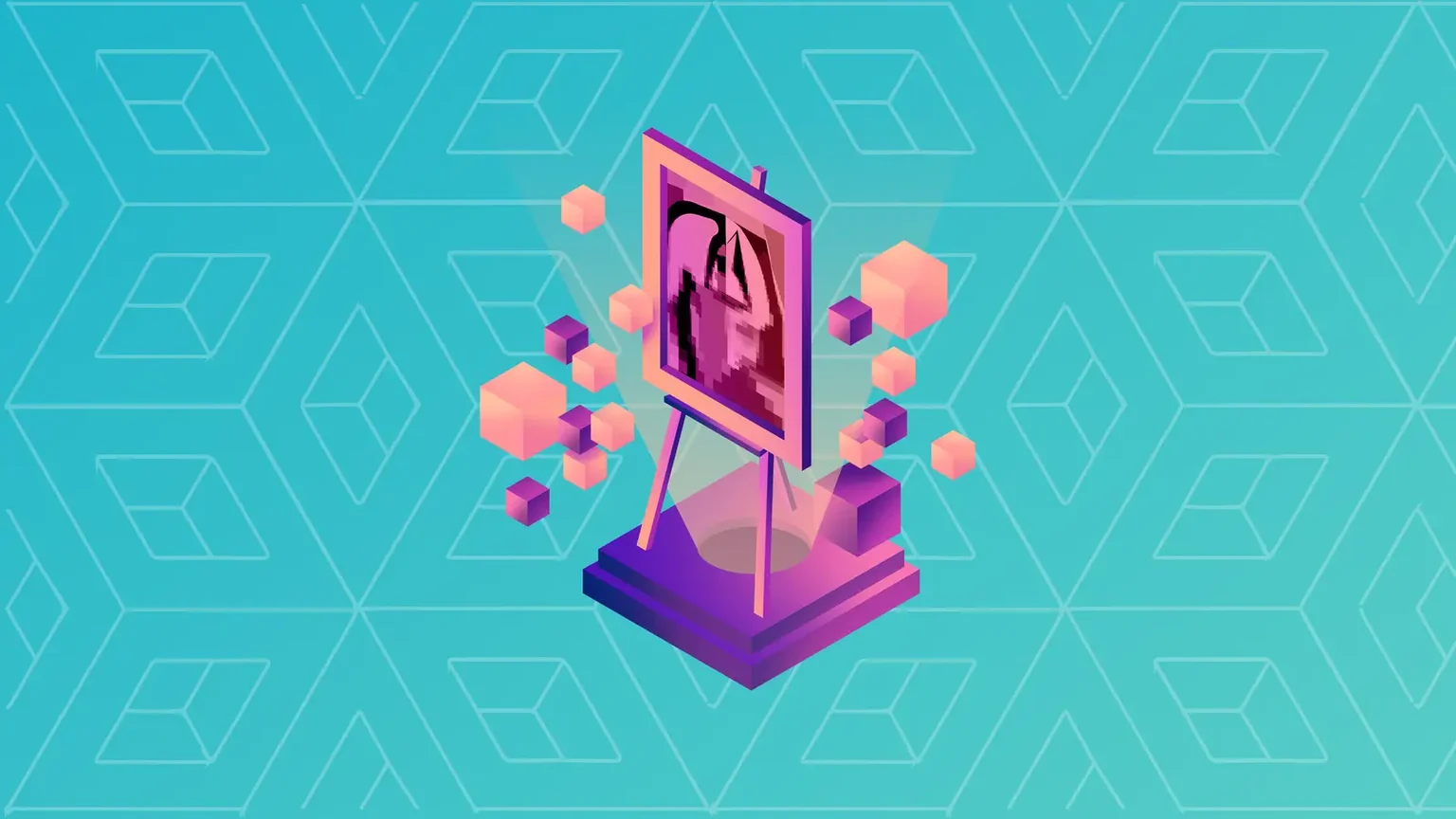11/10/2022 What Is a Generative Art NFT? Inside the Algorithmic Art Revolution
Generative art is a digital art style in which artists use algorithms as a tool. It’s been adopted by NFT artists on platforms like Art Blocks.

Non-fungible tokens (NFTs) took the world by storm in 2020, generating billions of dollars in profit for artists and collectors alike. Much of the work sold, at the start, was standard fare: digital renditions of Old Masters, eccentric photography, paintings done via iPad.
Soon, a new breed of digital artists began to experiment with the form and produce art that was more closely bound to the digital world in which it was sold. Some artists peddled complex VR art “experiences,” others designed artworks that could be computationally described by blockchain “metadata.”
Another group seized on a half-century-long artistic format that had long been overlooked yet seemed to be the perfect foil for the buzzy market: Generative art.
What is generative art?
Developed in 1965 by German philosopher Max Bense, generative art arises from algorithms programmed to specific parameters by engineer-artists. The artist defines the general process—what colors, or geometry, might be used, for instance—then feeds into the algorithm random quantities; whatever comes out is the generative artwork. Generative NFTs are much the same, and many include additional components of “randomness” related to the mechanics of the blockchain, smart contracts, and NFT “minting.”
Generative art was ideal for producing large NFT collections, going into the tens of thousands, or even millions, of unique works. Unlike profile picture (PFP) collections likeBored Ape Yacht Club, however, generative art is also better accepted by the art establishment; they are seen as a way to finally make use of the generative works dating back to the 60s, and many have been featured inmeatspace galleries.
Did you know?
The first ever exhibition of generative artwork was held in Stuttgart, Germany, by Georg Nees. Thought to have been dubbed ”Generative Computergrafik,” the exhibition included decidedly sci-fi worksfeaturingrepetitive, somewhat eerie squiggles arranged in large grids.
How do generative art NFTs work?
Generative art NFT projects make use ofEthereum’s defining feature: Thesmart contract.
Smart contracts are pieces of code that self-execute when certain external conditions are met, making them perfect for the development of randomized, computer-driven art. Sending crypto to a smart contract—which exists as a kind of blockchain-based escrow position—activates it, running code that results in generative art that is then credited to the wallet of whomever activated it.
What Is Art Blocks and Why Are These NFTs Suddenly Selling for Millions in Ethereum?
Much of the conversation around the latest NFT market boom has centered on profile picture collections such as CryptoPunks and Bored Ape Yacht Club, which have collectively accounted for hundr...
Andrew HaywardAug 27, 2021Take the example ofArt Blocks, a wildly popular generative artNFT marketplacethat netted just shy of $1 billion for artists in 2021. Art Blocks’s offering included works that made use of the random “hash” signatured generated when an NFT is added to the blockchain (a hash is a unique alphanumeric code that serves, to put it simply, as a kind of online address for a given asset).
In one highly subscribed series, Fidenza, buyers wouldn’t know what their chosen work would look until the hash was generated at the very moment of purchase; the Fidenza smart contract would feed the string of digits and numbers into the Fidenza algorithm, producing something surprising and unique.
Did you know?
The first big generative art NFT project was Autoglyphs, a series developed by Larva Labs, the company behind another pioneering series calledCryptoPunks. Autoglyphs are a collection of 512 strange, static-like black-and-white patterns developed on the Ethereum blockchain itself, and reached a total sales volume of $41 million.
An example of generative art which goes beyond smart contracts is the Solvency project, which used an AI mechanism called a “GAN”—generative adversarial network—to produce textured moving images based on photographs. GANs exemplify the generative process, pitting two artificial intelligences, the “generator” and the “discriminator,” against one another: the generator attempts to produce images that dupe the discriminator into verifying them as real, and the discriminator attempts to catch the generator out. The result is a learning process that produces ever-more uncanny renditions of real-life.
Who's working with generative art NFTs?
Where to buy generative art NFTs
Most generative NFTs can be bought on standard platforms like OpenSea and Nifty Gateway; other more specialized platforms like Art Blocks, Gen.Art and Brain Drops also exist.
The future of generative art NFTs
Though 2022 saw the bottom fall out of the NFT market, NFTs have given generative artists a shopfront and an audience after over 50 years of being largely ignored.
Generative artists likekvix_studiocontinue to produce fascinating and often eerily beautiful works. Meanwhile, Ethereum competitor Tezos launched generative art platform Fxhash in 2021, expanding the market yet further.
 (0)
(0)
 (0)
(0)
https://decrypt.co/resources/what-is-a-generative-art-nft-inside-the-algorithmic-art-revolution
